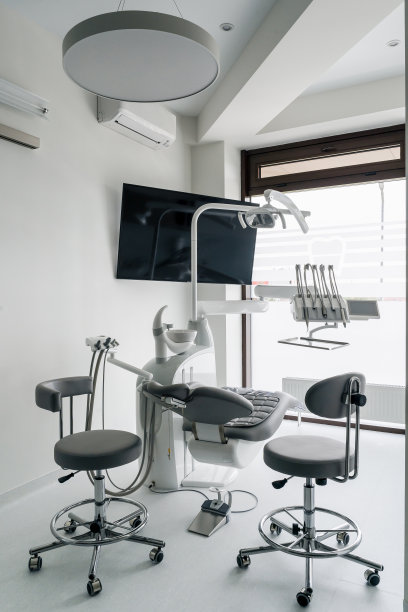Essential Guidelines and Precautions to Follow Before and After Dental Filling Procedures for Optimal Oral Health
Summary: Dental fillings are a common procedure to restore teeth affected by decay or damage. It is essential to follow specific guidelines and precautions before and after getting a dental filling to ensure optimal oral health. This article outlines four critical aspects: preparation for the procedure, understanding the filling materials, post-procedure care, and recognizing signs of complications. Each section provides insights to help patients maintain their oral health effectively. By adhering to these recommendations, patients can enhance their recovery process and minimize discomfort while supporting long-term dental health.
1. Preparing for Your Dental Filling

Before getting a dental filling, it is essential to prepare adequately to ensure a smooth experience. One of the first steps is to have a thorough discussion with your dentist. During this consultation, you should discuss the extent of your dental issue, the treatment options available, and any specific concerns you may have.
Next, consider scheduling your appointment at a time when you can relax afterward. Dental procedures, even minor ones, can create anxiety for some individuals. A calm state of mind can help make the experience less stressful, contributing to a more comfortable visit.
Lastly, avoid consuming food or beverages several hours before the procedure if local anesthesia will be used. This precaution minimizes the risk of gagging or experiencing discomfort during and immediately after the filling.
2. Understanding Filling Materials Used
Dental fillings come in various materials, and understanding these can help you make informed choices. Common materials include amalgam, composite resin, gold, and porcelain. Each material has its strengths and weaknesses, such as durability, appearance, and cost.
Amalgam is commonly used for its longevity and strength, particularly in back teeth where the pressure from chewing is greatest. However, its metallic appearance may not appeal to those looking for a more natural look.
Composite resins are tooth-colored and blend well with natural teeth, making them preferred for visible areas. They are less durable than amalgam but can effectively restore aesthetics and function. Discuss with your dentist which material best suits your needs and the specific location of the filling.
3. Post-Procedure Care and Recovery
After your dental filling, following specific care routines is essential to ensure proper healing. Initially, you may experience some numbness due to the anesthesia. Avoid eating or drinking until the numbness wears off to prevent accidental biting of the cheek or tongue.
In the days following the procedure, you should maintain impeccable oral hygiene. Brushing twice a day and flossing daily will help prevent further decay around the filling. Additionally, consider using anti-bacterial mouthwash to further protect against oral infections.
If you feel any discomfort post-filling, over-the-counter pain medications can help manage it. However, if the discomfort persists or worsens, consult your dentist to rule out any complications, such as prolonged sensitivity or infection.
4. Recognizing Complications Early
Being aware of potential complications can significantly affect your overall oral health post-filling. One common issue is prolonged sensitivity to hot and cold temperatures, which may indicate that the filling is too high, preventing proper bite alignment.
Another red flag is persistent pain or discomfort in the filled tooth. Such symptoms may suggest infection or other underlying issues. In these cases, prompt action is necessary to address the concerns before they worsen.
Lastly, if you notice any changes in the appearance of the filling, such as cracks, discoloration, or if you feel sharp edges, it is crucial to contact your dentist immediately. Early intervention can help prevent further damage and ensure your filling remains functional and healthy.
Summary:
In conclusion, taking essential guidelines and precautions before and after dental filling procedures is vital for maintaining optimal oral health. Adequate preparation, understanding the materials involved, practicing diligent aftercare, and recognizing complications can significantly enhance your dental experience. By following these recommendations, patients are equipped to enjoy a smoother recovery process while safeguarding their oral health.
This article is compiled by Vickong Dental and the content is for reference only.



